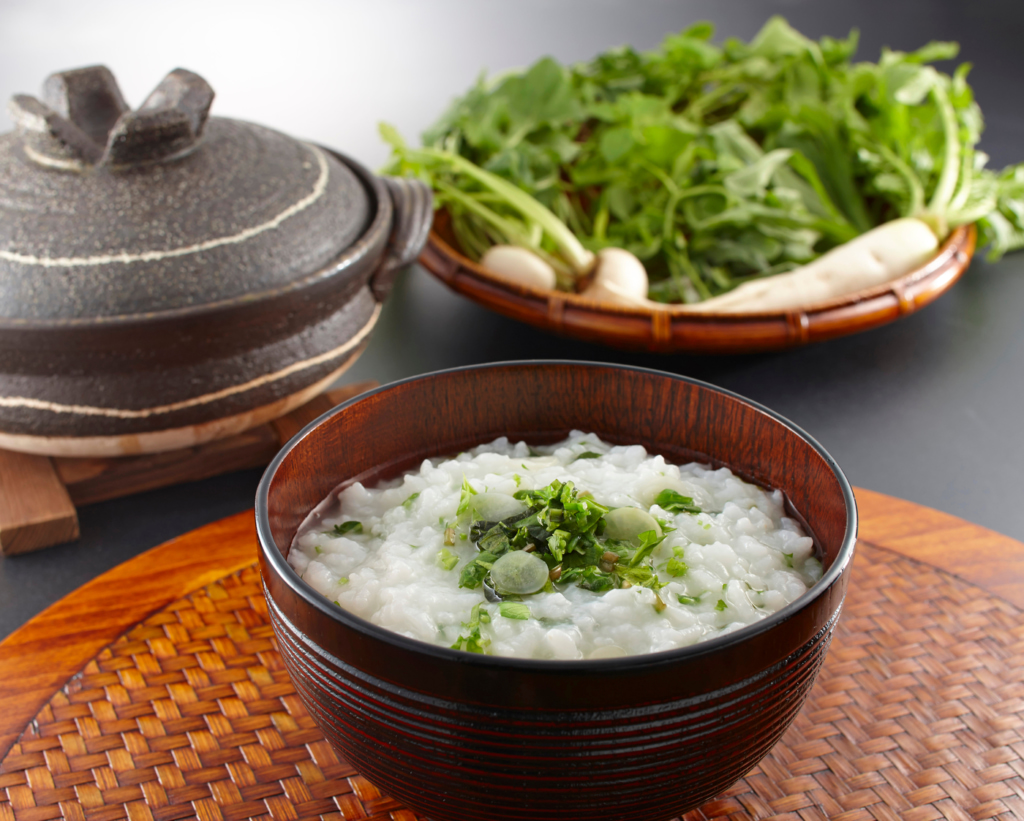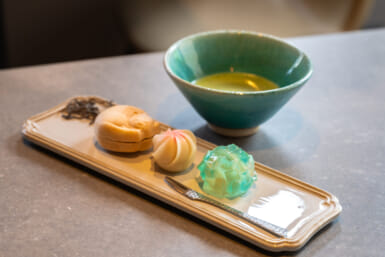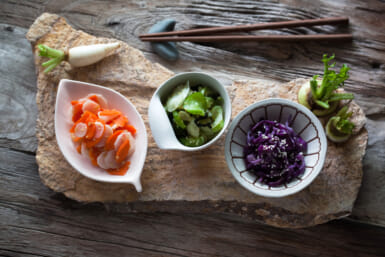Across Japan at the start of January each year, packs of ‘nanakusa’ appear in supermarkets and in shops and are around for less than a week. They are a special combination designed only for Nanakusa-gayu rice porridge. Nanakusa-gayu is a seven-herb rice porridge eaten in Japan on January 7 each year. But why is it eaten and how? Let’s have a closer look at this long-standing Japanese custom.
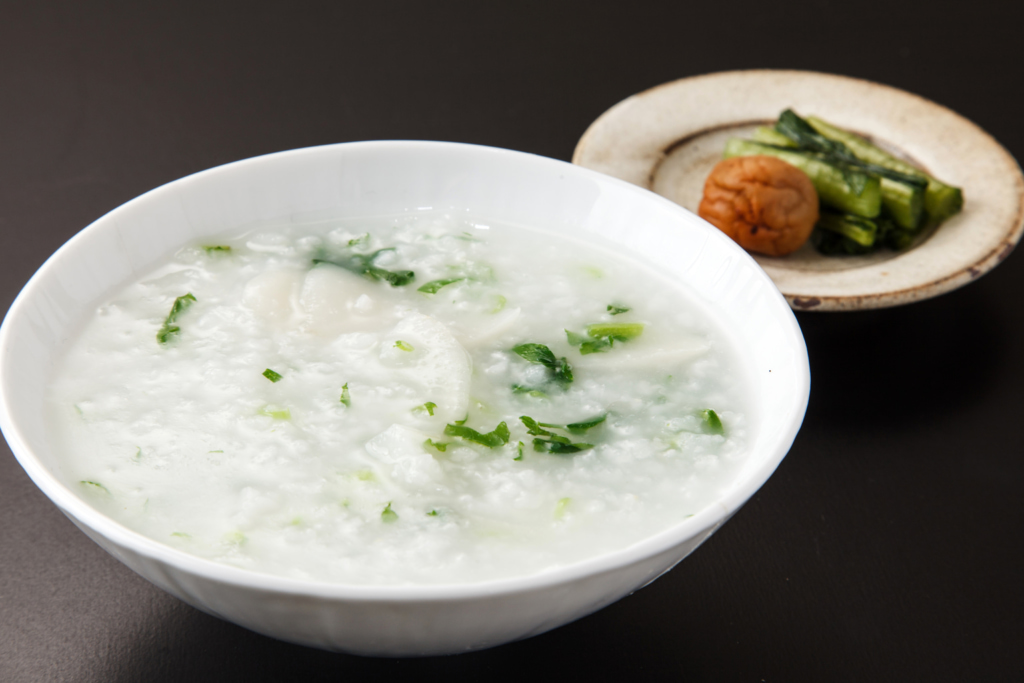
What are the origins of Nanakusa-gayu?
The custom of eating Nanakusa-gayu is said to have begun in the Edo Period (1603-1867), related to the Five Seasonal Festivals which were celebrated by China and Japan. January 7 relates to the first of the seasonal festivals, known as Jinjitsu (Human’s Day), a day created for taking care of people. Interestingly, in the past criminals were not punished on that day.
During the Tang Dynasty (618-907) in China, people began eating a special type of seven-vegetable soup on Jinjitsu. The soup was eaten to represent health and prosperity for the coming year. This was a tradition semi-adopted by the Japanese too, and made official by the shogunate during the Edo Period.
When the Japanese calendar changed to the Gregorian one in 1873, the first of the five seasonal festivals moved from the start of February to the beginning of January. This made it difficult to procure all seven different vegetables traditionally used in the vegetable soup. The seven vegetables changed to seven different herbs.
It is thought that the custom has continued because it is a good break for the cook in the family. The ingredients are easy to acquire and the meal is quick to make and nutritious too. After making osechi and entertaining extended family during the Japanese New Year season, a quick rice porridge is every cook’s dream. It also acts as a detox from all the rich food eaten throughout the festive season.
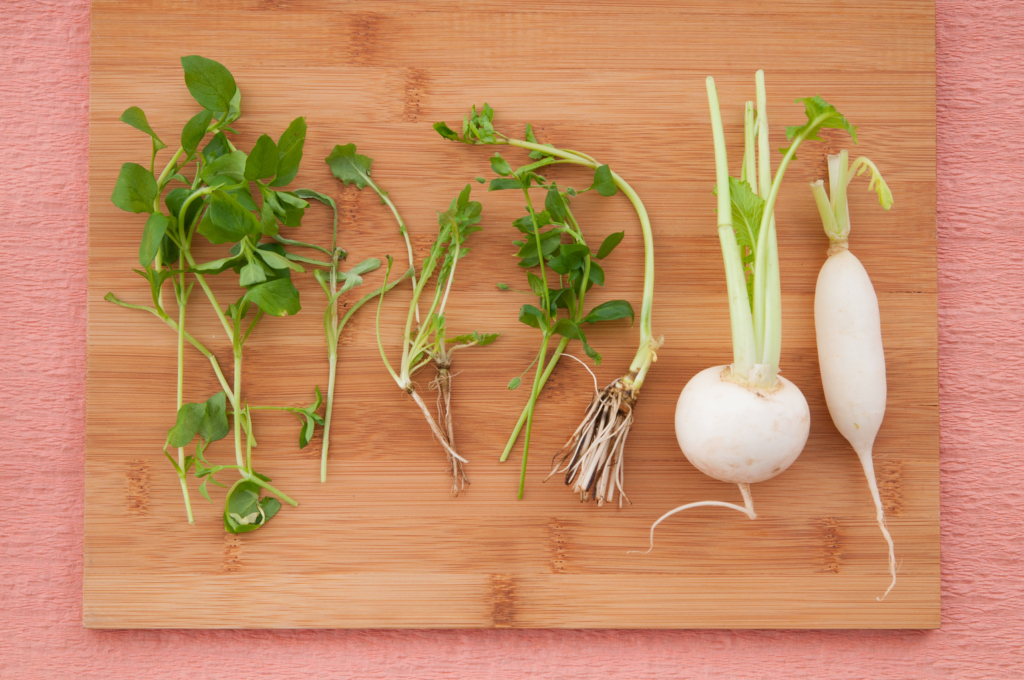
What is Nanakusa-gayu?
Kusa means grass, or herbs. Nana means seven. Gayu refers to kayu, a Japanese rice porridge often served when someone is sick and sometimes for breakfast. The porridge contains seven special green herbs also known as Spring Herbs, plus a couple of vegetables.
Herbs and Meanings
Each herb is said to have its own special properties.
- Cudweed (hahakogusa): In Japanese, the name for cudweed translates to “mother and child plant.” It is supposed to help soothe coughs and sore throats.
- Chickweed (hakobera): Literally translated, hakobera means “infested with prosperity.” It is believed to treat stomachaches.
- Japanese Parsley (seri): Seri has the connotation of “competing,” thanks to its many small shoots which look like they are competing with each other to grow. It is believed to be good for indigestion among other things.
- Nipplewort (koonitabirako): Nipplewort directly translated means “the resting place of Buddha,” and is also said to promote stomach health and appetite.
- Radish (daikon): This is said to be good for colds.
- Shepherd’s Purse (nazuna): This has detoxifying properties.
- Turnip (kabu): The leaves are said to regulate the stomach and intestines.
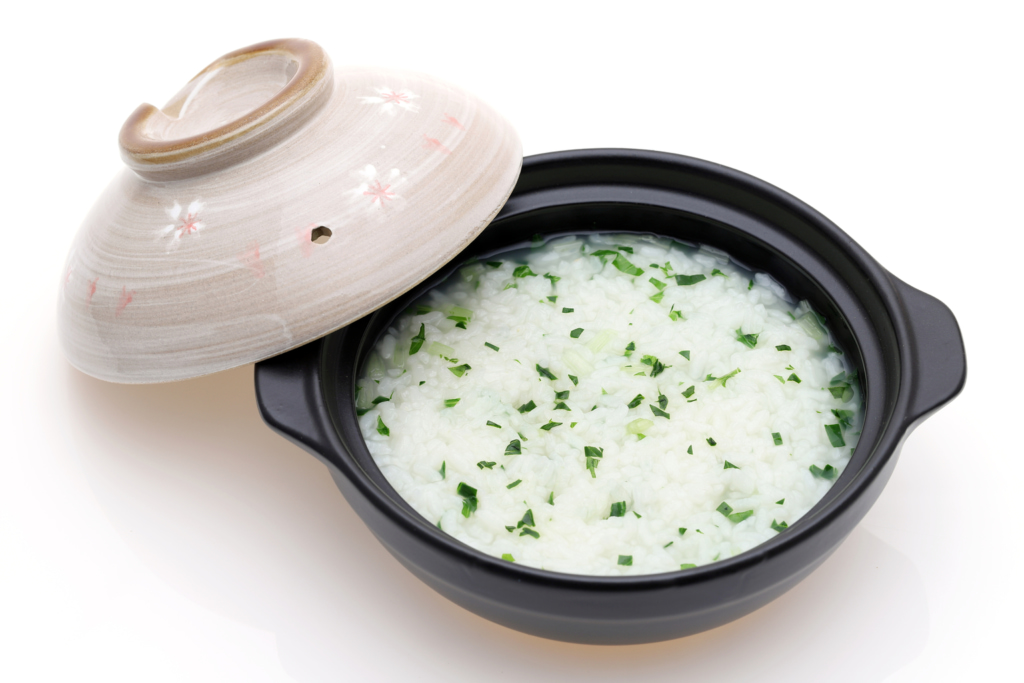
How to Make Nanakusa-gayu
Any budding cooks willing to try their hand at making Nanakusa-gayu only need rice and a seven-herb set.
Nanakusa-gayu involves cooking rice with excess water, so it has a porridge-like consistency. The herbs are chopped, then wilted and added to the soup. Give it a stir and it’s ready to serve.
When chopping the herbs to put into the rice porridge, traditionally a poem was chanted. The herbs would be chopped with the board facing the good luck direction for the coming year. In 2023, for example, the good luck direction is east, which corresponds to the Water Rabbit (2023 animal) position on the dial of the Chinese zodiac.
The chant is:
China’s birds and Japan’s birds, earlier than bring on their coming, seven species of wild herb, I pluck them to the hand and it becomes Neck, Turtle Beak, Dipper and Extended Net (referring to Chinese constellations).
In recent times, the chant changed to: Before the birds of the continent (China) fly to Japan, let’s get nanakusa.
While the seven herbs above are the most commonly used, the actual variety is not too important. Any herbs, although nothing too fragrant, will do. For those who aren’t in Japan, freeze-dried seven-herb packs are also available.
The porridge can be changed by adding ingredients such as beaten egg if desired. The ingredients may vary by region too.

